Mottled Duck
Red-breasted Merganser
Feed the Ducks
Wood Duck
Ring-necked Duck
Blue-winged Teal
Canada Goose
Snow Goose
Hooded Merganser
Fulvous Whistling-Duck
Northern Shoveler
Cinnamon Teal
Cinnamon Teal Spatula cyanoptera (septentrionalium) –
This beautiful male Cinnamon Teal decided to visit Florida in February. As you can see in the map pictured below, these migratory ducks are native to the western US and Mexico. According to The Cornell Lab, “In western North America, loss of wetlands to agriculture, grazing, and especially the development of human settlements has meant the massive loss of habitat for Cinnamon Teal.”
We are sure this striking bird found plenty to eat in the wetlands at Merrit Island National Wildlife Refuge. There is certainly a wide variety of insects and vegetation year-round in Florida. While it is a rare occurrence, Cinnamon Teals do occasionally make a winter stop in Florida.
Black-bellied Whistling-Duck
Black-bellied Whistling-Duck
Once known as Tree Ducks, the striking Black-bellied Whistling-Ducks, (Dendrocygna autumnalis), are often seen in flocks, sometimes with up to 1000 birds. They can be spotted perching on fences, electric lines, or in Spanish Moss.
Look for Black-bellied Whistling-Ducks near freshwater in areas such as marshes, lagoons, and swamps. They prefer areas with trees and thick vegetation. You may find a flock foraging in a field, mangroves, freshwater ponds or lakes, or your yard. Their diets consist of mostly plants such as grasses, wetland plants, and sedges, as well as agricultural crops such as corn. Snacks include spiders, leeches, beetles, and snails.
Pairs form life-long bonds in the winter. Together, they will select a tree cavity for the nest. The female will lay 9-18 eggs on the debris in the cavity. She may also lay her eggs in the nest of another whistling duck. The incubation period lasts for 25-30 days and the nestling period for 10-13 days. Hatchlings are nearly independent at birth.
As year-round residents of Florida, Black-bellied Whistling-Ducks are rapidly expanding their breeding range northward. Once considered non-migratory, both the northern-most and southern-most populations are now migratory.


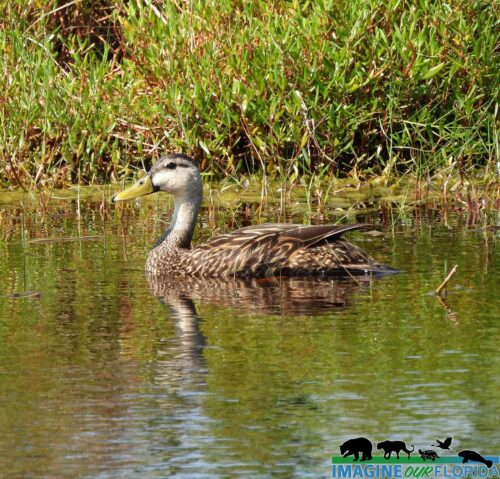



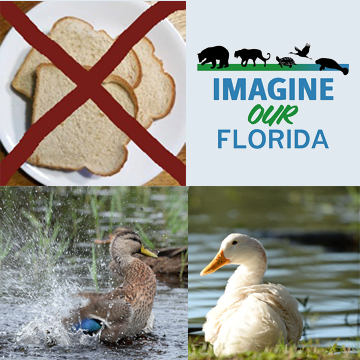








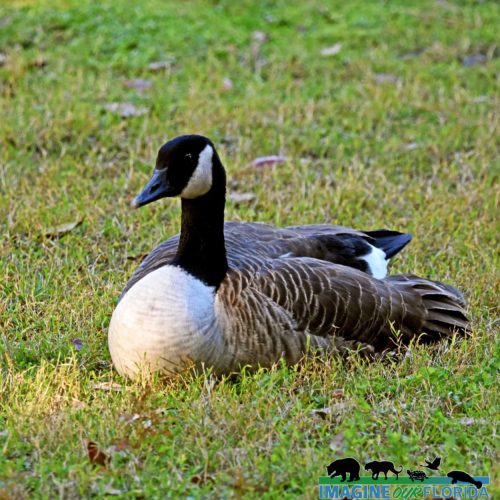


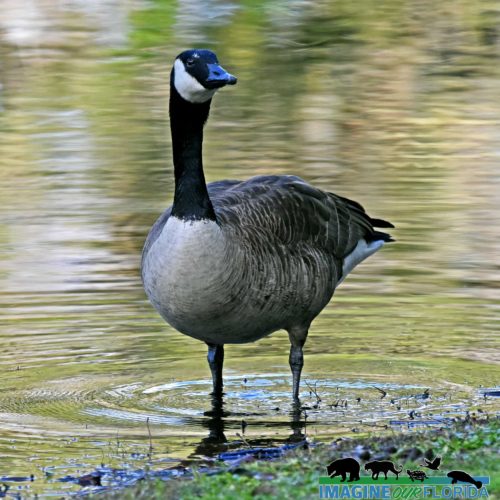
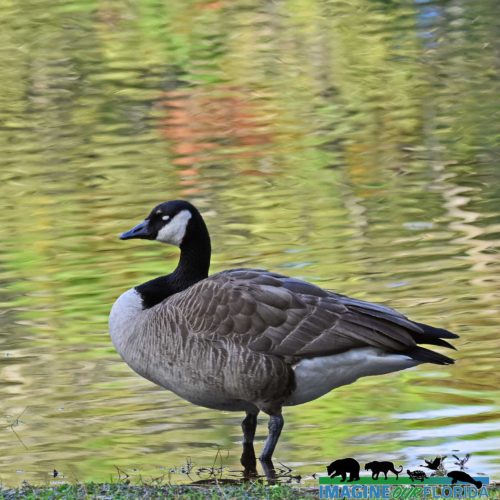






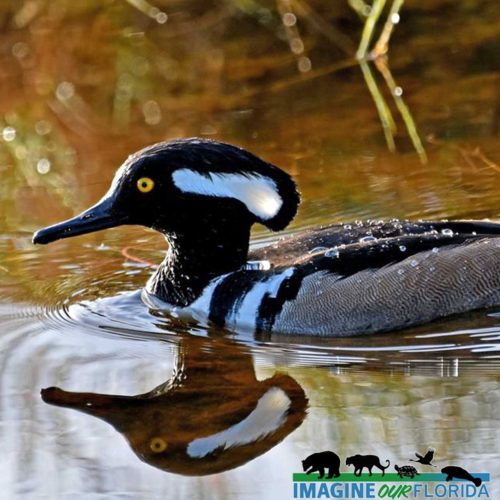





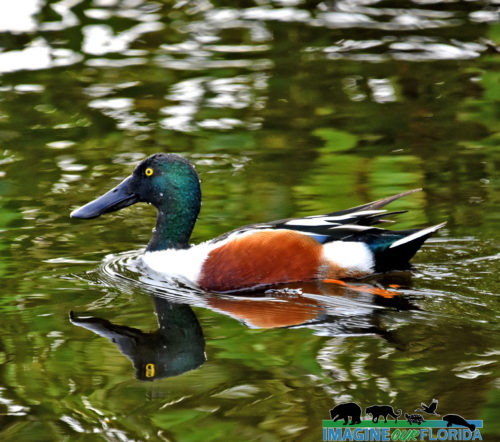



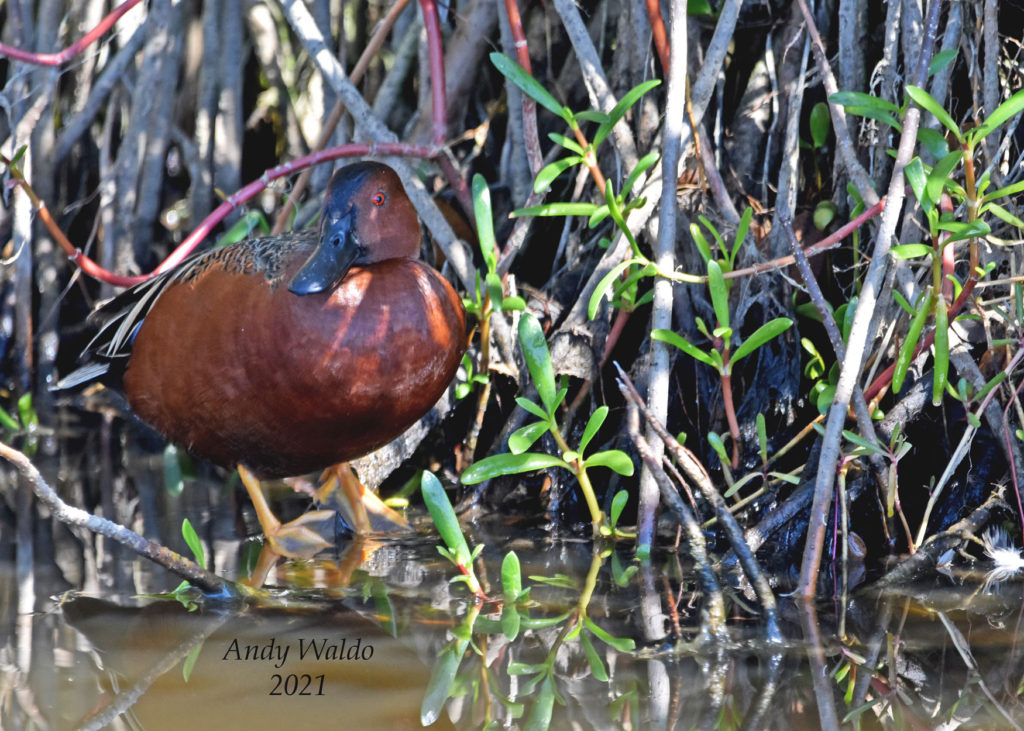











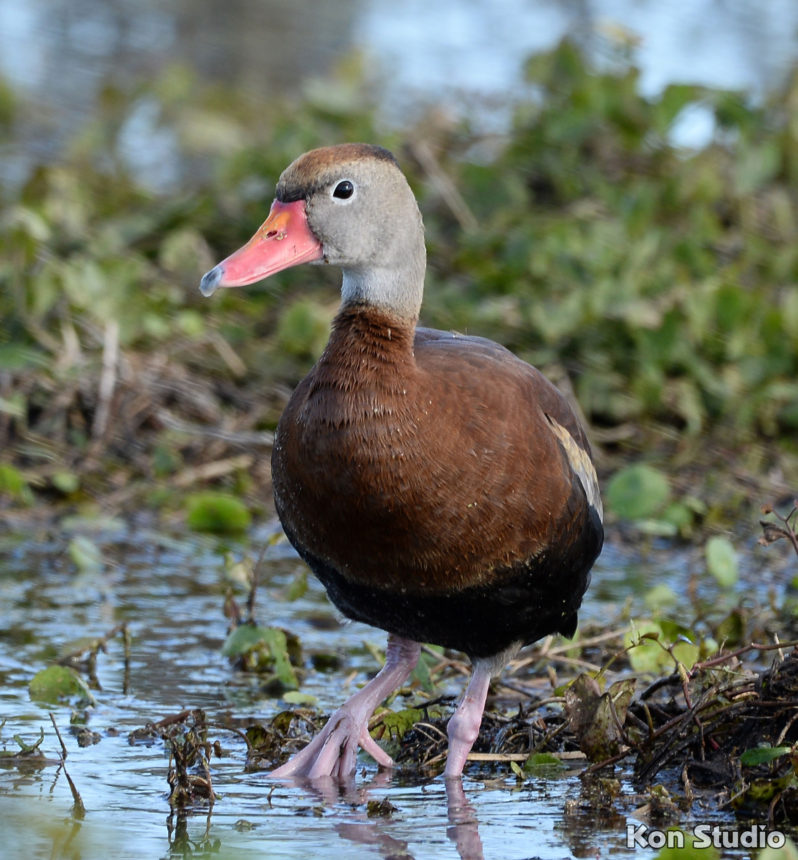
Recent Comments